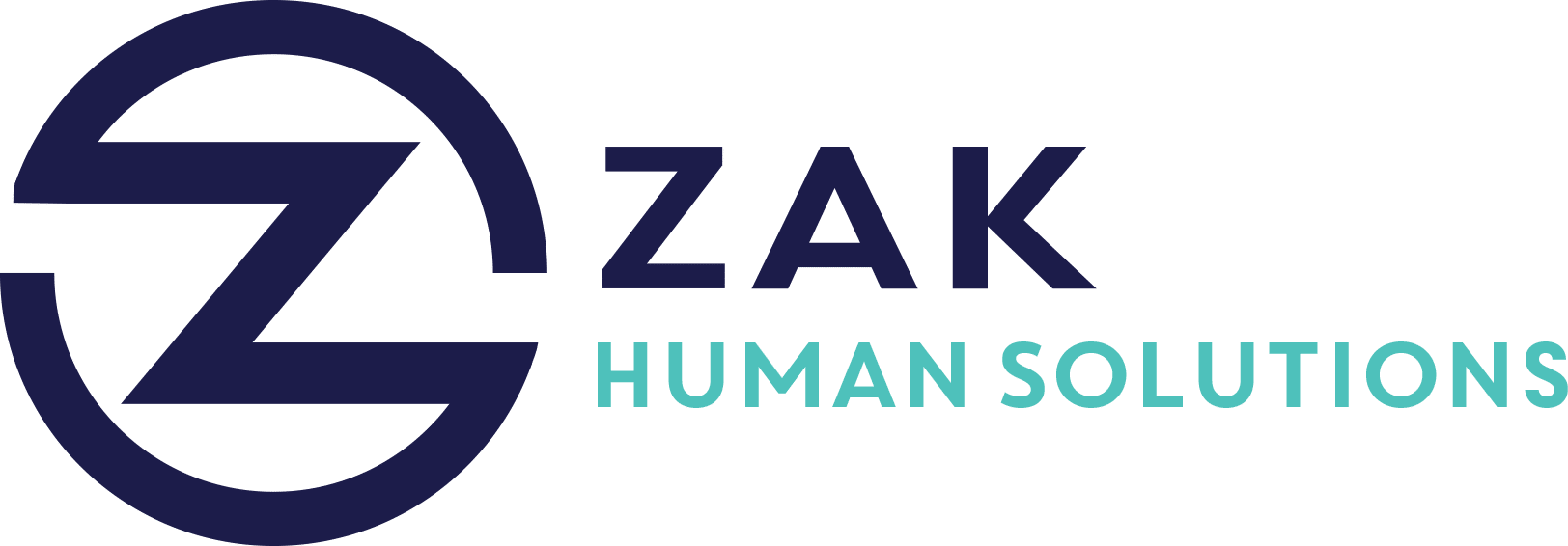Key Takeaways
- Emphasis on Employee Experience: Organizations are prioritizing employees’ well-being to reduce turnover and enhance productivity.
- HR Transformation: The shift from traditional HR to “people” functions recognizes individuals as vital to organizational success.
- Leadership Support: Strong leadership buy-in is crucial for fostering a people-first culture across all levels of an organization.
- Budget Reallocation: Effective transformation relies on properly investing in people initiatives and technologies to enhance employee experiences.
- Proactive Culture: A focus on people can shift workplaces from reactive to proactive environments, driving competitive advantages.
In today’s fast-evolving work environment, where employee expectations and corporate responsibilities are at unprecedented intersections, Human Resources (HR) is undergoing a revolutionary transformation. This evolution, often dubbed HR 3.0, emphasizes a people-first culture, placing employee well-being at the center of its strategy. But what does this transformation entail, and why is it crucial for organizations aiming to thrive in the competitive global economy?
A Renewed Focus on Employee Experience
The cornerstone of this paradigm shift is an unwavering emphasis on employee experience. Modern organizations recognize that nurturing a work environment conducive to employee satisfaction not only reduces turnover but also enhances productivity. This renewed focus on employees’ well-being isn’t just a trend; it’s a necessary strategy to attract and retain top talent.
The Cost of Ignoring Employee Engagement
Recent studies suggest that disengagement among employees costs the global economy billions in lost productivity. When organizations fail to prioritize employee experience, they risk high turnover rates and a demoralized workforce, leading to financial and cultural setbacks. Thus, placing employees at the forefront is not just beneficial—it’s imperative.
The Shift from Traditional HR to People Functions
Gone are the days when HR was limited to payroll and compliance. The modern HR paradigm, now often referred to as the “people function,” aims to recognize employees as integral components of the organization. This shift challenges traditional views and encourages businesses to see beyond employees as mere resources, valuing them as vital contributors to the organization’s success.
- Key Characteristics of People Functions:
- Holistic Employee Engagement: Programs that address all facets of employee well-being.
- Inclusive Workplace Culture: Efforts to ensure all employees feel valued and respected.
- Continuous Development Opportunities: Long-term investment in employees’ growth.
The Crucial Role of Leadership Support
No transformational initiative can succeed without robust support from leadership. In fostering a people-first culture, leadership’s role becomes pivotal. Leaders must champion initiatives that prioritize employee well-being, signaling to the entire organization that a people-first approach is not a fleeting policy change but a fundamental shift.
Gaining Leadership Buy-In
To achieve leadership buy-in, HR professionals must:
- Present a Compelling Business Case: Demonstrate the link between employee engagement and profitability.
- Use Data-Driven Insights: Utilize employee surveys and performance metrics to support your case.
- Showcase Quick Wins: Implement pilot programs that can provide immediate, measurable results.
Budget Reallocation: Investing in People Initiatives
For a people-first transformation to take root, strategic budget reallocation is essential. Investing in technology, development programs, and initiatives that enhance the employee experience can significantly influence organizational culture and performance.
Strategies for Effective Budget Reallocation
- Conduct a Needs Assessment: Identify gaps and opportunities within the current HR structure.
- Explore New Technologies: Invest in platforms that facilitate communication, collaboration, and development.
- Foster Strategic Partnerships: Align with vendors and consultants who can provide scalable HR solutions.
Cultivating a Proactive, Competitive Culture
Organizations that place people at the heart of their strategy are well-positioned to shift from reactive to proactively progressive environments. This shift not only prepares businesses for future challenges but also fosters a workplace that employees are proud to be part of.
Benefits of a Proactive Culture
- Increased Adaptability: Organizations can swiftly adapt to market changes and employee needs.
- Enhanced Employer Branding: A strong employer brand attracts skilled talent and retains employees.
- Sustainable Growth: Long-term employee satisfaction fuels innovation and effectiveness.
The shift to a people-first HR culture is not merely a structural change but a strategic necessity. As organizations navigate this complex landscape, prioritizing employee well-being, gaining leadership support, and reallocating budget toward people initiatives will define the success of this transformative journey.




